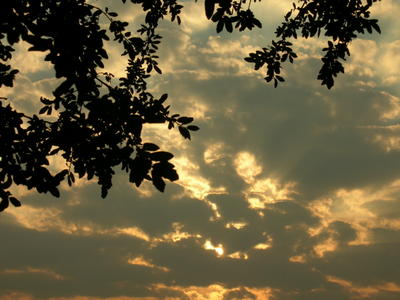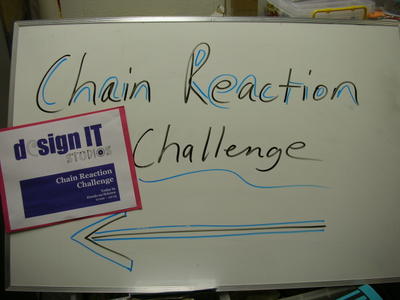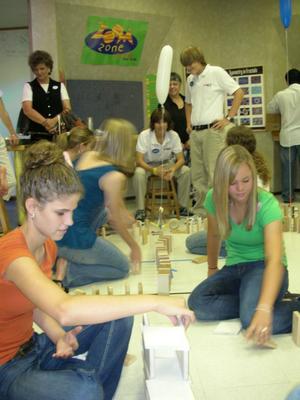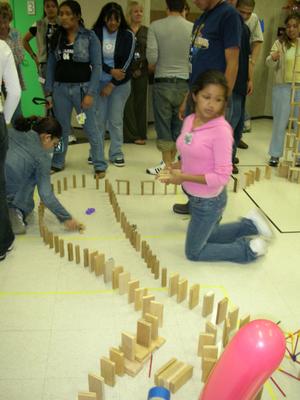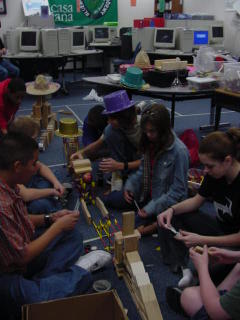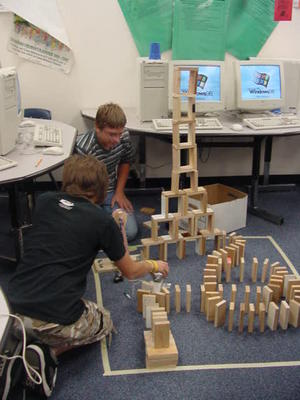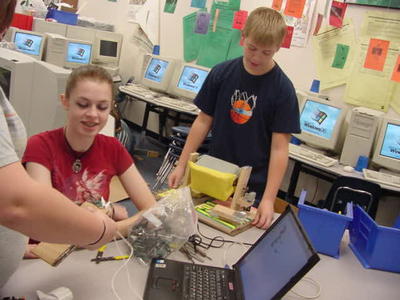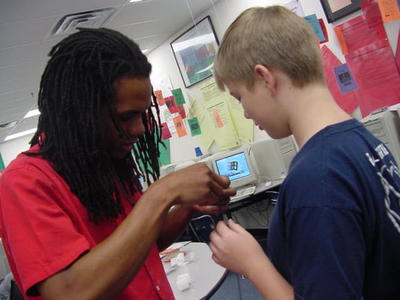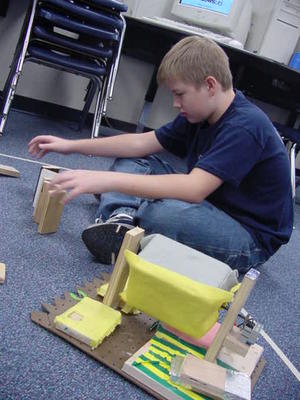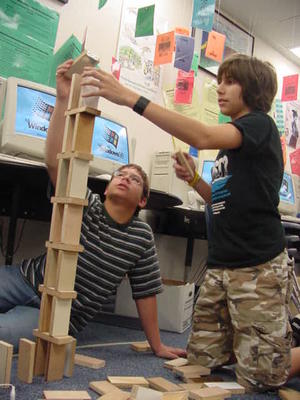Recruiting Girls at ALA
What a great morning of high energy and excitement at the ALA!! The girls were a lot of fun, and we hope to see many of them in the program!
Reason: To encourage and inform more girls to participate in the new DesignIT year.
Date: September 30, 2005
Attendance: Sammie, Crystal, Joyce, Caroline, Chelsey, Lauren and about 30 new girls!!
Supplies: Melon harp stuff , Kinetic sculputres, chain reactions, doughnuts, orange juice, napkins, cups
Game Plan: We wanted it to be a laid back and relaxed atmosphere so that the girls would not be intimidated by all the new technology and ideas presented. So...we started out by feeding them. Who doesn't love a sweet doughy delight during their first period?!! :) After all the girls had a chance to sit down, eat, and chat, Sammie and I began our presentation. First, Sammie went over the logistics of how DesignIT works. She covered things like the commitments a student has to the program, the weekly working hours, and the dress code . She also invited them all to participate at Mindfest. Second, Crystal discussed the benefits and perks students receive while participating in the program such as museum memberships, portfoilio development, possible museum jobs and fun feild trips. Next, Joyce attested to our speaches and added in her own testimonies. :) Finally, Caroline, Lauren, and Chelsey each took a cycle and demonstrated a project they had completed. For example, Lauren showed the girls a kinetic sculputre and spoke about how to program crickets. To end the event, all the girls were allowed to ask questions, pick up forms, and play with the gadgets.
Best Part: Seeing the energetic response to the examples we brought. The girls loved LOVED the melon harp!! Chelsey, Caroline, and lauren were rock stars!! they did a great job exhibiting their creations.
Hardest Part: Not loosing their interest while discussing all the logistics part.
